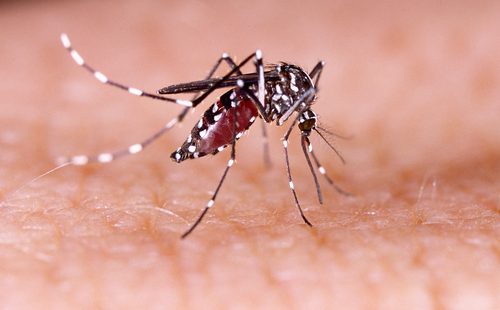
Cellular Therapies: Should we be concerned about ZIKA virus?
Should there be cause for additional concerns or worries in the cellular therapy laboratory (CTL) from the recent emergence of the Zika virus and its categorization as a relevant communicable disease agent or disease as defined in 21 CFR Part 1271?
The FDA recently published the new guidance for HCT/Ps “Donor Screening Recommendations to Reduce the Risk of Transmission of Zika Virus by Human Cells, Tissues, and Cellular and Tissue-Based Products“. The guidance states:
There is a theoretical risk for transmission of ZIKV by HCT/Ps, which include, among others, corneas, bone, skin, heart valves, hematopoietic stem/progenitor cells (HPCs) from cord blood and peripheral blood, and reproductive tissues such as semen and oocytes.
In addition to reproductive tissues, there is a potential risk for transmission of ZIKV through other HCT/Ps. Transmission through HPCs is presumably similar to that of blood transfusion given the similarities in the product composition and donor characteristics (e.g., recovered from similar populations composed of healthy, living donors). Moreover, typical recipients of HPCs are severely immunocompromised and are more likely to experience serious outcomes as a result of ZIKV infection.
Zika virus is an RNA arbovirus from the Flaviviridae family, genus Flavivirus. These viruses are categorized as lipophilic, or enveloped (lipid-coated) viruses. As an enveloped lipid-coated virus, the Zika virus will have a lower resistance to disinfectant agents as opposed to the non-enveloped (non-lipid coated) viruses. The USP general chapter <1072> Disinfectants and Antiseptics presents disinfectant resistances of clinically important microorganisms from the most to least resistant:
Table 1. The Resistance of Some Clinically Important Microorganisms to Chemical Disinfectants (Listed in Order of Decreasing Resistance)
|
Type of Microorganisms |
Examples |
| Bacterial spores | Bacillus subtilis and Clostridium sporogenes |
| Mycobacteria | Mycobacterium tuberculosis |
| Nonlipid-coated viruses | Poliovirus and rhinovirus |
| Fungal spores and vegetative molds and yeast | Trichophyton, Cryptococcus, and Candida spp. |
| Vegetative bacteria | Pseudomonas aeruginosa, Staphylococcus aureus, and Salmonella spp. |
| Lipid-coated viruses | Herpes simplex virus, hepatitis B virus, and human immunodeficiency virus |
The 2008 CDC Guideline for Disinfection and Sterilization in Healthcare Facilities provides further information on the effectiveness of alcohols on a variety of viruses.
Ethyl alcohol, at concentrations of 60%–80%, is a potent virucidal agent inactivating all of the lipophilic viruses (e.g., herpes, vaccinia, and influenza virus)…Isopropyl alcohol is not active against the non-lipid enteroviruses but is fully active against the lipid viruses.
Should there be uncertainty or concerns in cell therapy processing labs when processing HCT/Ps that could potentially be contaminated with the Zika virus, it should not be any more of a concern than it is currently when processing HCT/Ps that could be contaminated with other potential viruses from blood components (e.g. HIV, HBV, HCV), or for those using viral vectors such as Lentivirus during cell processing. The most likely route for potential contamination or cross contamination in the CTL is from process spills, or process leaks that may occur from time to time. However, there should already be protocols for dealing with and cleaning biohazardous spills. Also, the use of 70% isopropyl (IPA) for sanitizing work surfaces and equipment such as the BSC prior to, or after processing would be an effective agent to inactivate Zika virus in the very rare chance it were present.
In conclusion, assuming the implementation of additional donor screening recommendations and given the lack of resistance of the Zika virus to disinfectant agents such as 70% IPA, there really should not be cause for additional concerns or worries in cell therapy labs these days.
